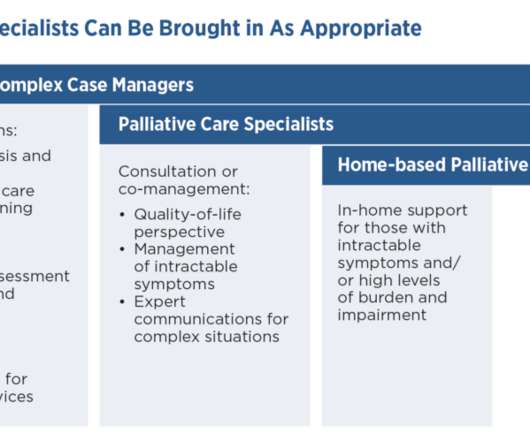Navigating the 2024 ICD-10-CM Code Changes: What Ambulatory Care Services Need to Know
Advanced Data Systems
SEPTEMBER 7, 2023
The healthcare sector is dynamic, with regulations and best practices continuously evolving. One critical area subject to change is the coding system, with the ICD-10-CM (International Classification of Diseases, Tenth Revision, Clinical Modification) updates for 2024 set to take effect on October 1, 2023.
















Let's personalize your content